Chapter IX of the Constitution of the Islamic Republic of Iran sets forth the qualifications for presidential candidates. Powers of the presidency include signing treaties and other agreements with foreign countries and international organizations, with the Leader of the Islamic Republic's approval; administering national planning, budget, and state employment affairs, as decreed by the Leader.
The President also nominates the ministers, subject to the approval of Parliament.
The Iranian president is also the head of the Supreme Council for National Security, the Supreme Council of the Cultural Revolution, and the Supreme Council of Cyberspace.
As per Article 115 of the Iranian Constitution, the President must be elected from among religious and political personalities possessing the following qualifications: Iranian origin; Iranian nationality; administrative capacity and resourcefulness; a good past record; trustworthiness and piety; convinced belief in the fundamental principles of the Islamic Republic of Iran and the official madhhab of the country.
Candidates have to be vetted by the Guardian Council, a twelve-member body consisting of six clerics (selected by Iran's Supreme Leader), and six lawyers (proposed by the head of Iran's judicial system and voted in by the Parliament).
The President is elected by an absolute majority of votes polled by the voters. But if none of the candidates can win such a majority in the first round, voting will take place a second time on Friday of the following week.
In the second round, only the two candidates who received the greatest number of votes in the first round will participate.
If, however, some of the candidates securing the greatest votes in the first round withdraw from the elections, the final choice will be between the two candidates who won a greater number of votes than all the remaining candidates.
The president-elect is confirmed by the Leader. Then, the sworn-in ceremony is held just before starting the presidential term.
Article 131 says that in case of death, dismissal, resignation, absence, or illness lasting longer than two months of the President, or when his term in office has ended and a new president has not been elected due to some impediments, or similar other circumstances, his first deputy shall assume, with the approval of the Leader, the powers and functions of the President.
In case of the death of the first deputy to the President, or other matters which prevent him from performing his duties, or when the President does not have a first deputy, the Leader shall appoint another person in his place, it further noted.
All Iranian presidents since 1979
Since 1979 until now, eight presidents have taken office of the Iranian presidency. The last presidential election was held on June 18, 2021, and the next election is scheduled for 28 June 2024.
The first presidential election was held in the Islamic Republic of Iran on January 25, 1980, when the country’s Islamic Revolution took place a year earlier.
Back in 1980, Abolhasan Bani-Sadr won Iran's first presidential election with 70 percent of the vote. After serving in the office for 17 months, he was dismissed from the position in 1981 by Imam Khomeini, the founder of the Islamic Revolution, due to incompetence.
Bani-Sadr, along with Mojahedin-e Khalq (MKO terrorist group) ringleader Massoud Rajavi, fled to France on July 29, 1981.
Second presidential election in Iran
After the victory of the Islamic Revolution, Mohammad Ali Rajaee was the Minister of Education.
Later he was elected to the Islamic Consultative Assembly. In 1980, he became the prime minister of the Islamic Republic of Iran by a majority vote of the Parliament.
In the same year, he was elected president by the people but was martyred when the terrorist MKO bombed his office on August 30, 1981.

Third and fourth presidential elections
Ayatollah Seyyed Ali Khamenei was elected president on October 2, 1981, and reelected in 1985.
In the third presidential election, Ayatollah Khamenei won more than 16 million votes out of 16.8 million votes.
Ayatollah Khamenei won over 12 million of the total of more than 14.2 million votes in the fourth presidential election.
He has made several trips to foreign countries in these 8 years. His speech in 1987 at the UN General Assembly against arrogant powers is regarded as a milestone.
Landmark events of Ayatollah Khamenei's second term are the adoption of UN Security Council resolution 598, which took place on July 17, 1988, and the demise of Imam Khomeini on June 4, 1989.
Following this event, Ayatollah Khamenei was selected by the Assembly of Experts as the Leader of the Islamic Revolution. This occurred less than 2 months before the fifth presidential election.

Fifth and sixth presidential elections in Iran
Akbar Hashemi Rafsanjani was elected the fourth Iranian president in the election, which was held on July 28, 1989,
Rafsanjani received 15.5 million out of 16.4 million votes.
He was also selected as the Speaker of the Iranian parliament, better known as Majlis, for three terms.
In his second term, Rafsanjani won 10.5 million votes out of 16.7 million votes.

Seventh and eighth presidential elections in Iran
On May 23, 1997, the seventh presidential election was held in Iran.
During the race, Mohammad Khatami received over 20.7 million votes out of more than 29.7 million votes.
In the consecutive year, Khatami won the eighth presidential election on June 8, 2001, with more than 21.6 million votes out of over 28.8 million votes.

Ninth and tenth elections in Iran
The ninth presidential election was held in two phases in 2005. In the runoff election, Mahmoud Ahmadinejad could gain over 17.2 million votes out of over 27.9 million votes.
Ahmadinejad won the second term with 24.5 million votes out of over 39 million votes.

Eleventh and twelfth elections in Iran
The 11th presidential election was held on June 14, 2013, during which Hassan Rouhani was elected as the seventh president of the Islamic Republic of Iran with more than 18.6 million votes, out of a total of over 36.7 million votes.
Iran’s 12th presidential election was held on May 19, 2017, during which Rouhani was elected with more than 23.5 million votes.
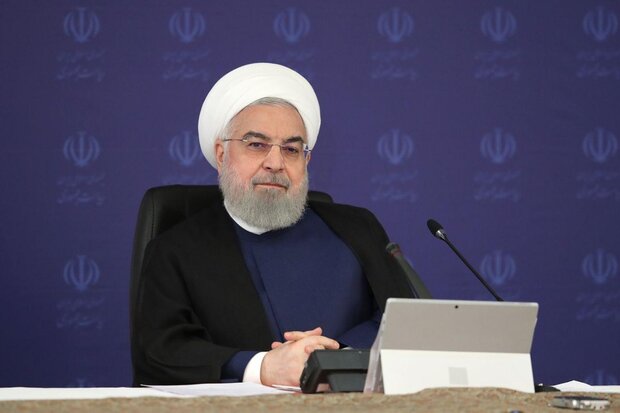
Thirteenth election in Iran
The 13th Iranian presidential election was held on June 18, 2021, during which Seyyed Ebrahim Raeisi received 62.9% of the vote with over 17.9 million votes and was elected as the President of the Islamic Republic of Iran.

Early presidential elections in Iran will be held on 28 June 2024 following the martyrdom of President Ebrahim Raeisi in a helicopter crash on 19 May.
President Raeisi, along with Foreign Minister Hossein Amir-Abdollahian, two senior local officials, a protection officer, and three flight crew members, were onboard a helicopter that crashed in mountainous regions near Iran’s Varzaqan region on May 19 as they were returning from a dam inauguration service held on the border with the Republic of Azerbaijan.
A council comprising heads of three branches of the Iranian government held a meeting a day after the helicopter crash and agreed on June 28 as the date for early presidential elections in the country.
The registration process for candidates who want to run in the upcoming Iranian snap presidential elections began on Thursday, May 30.
Over 80 people have been nominated including one former president, one former Parliament speaker, 38 former and current lawmakers, 13 ex-ministers, and three current ministers. At least four women are among the registered candidates.
MNA





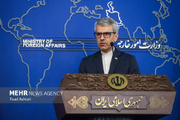

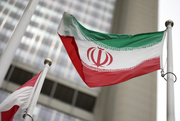





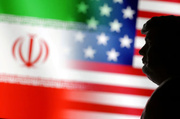









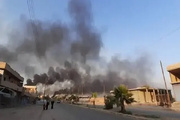

Your Comment